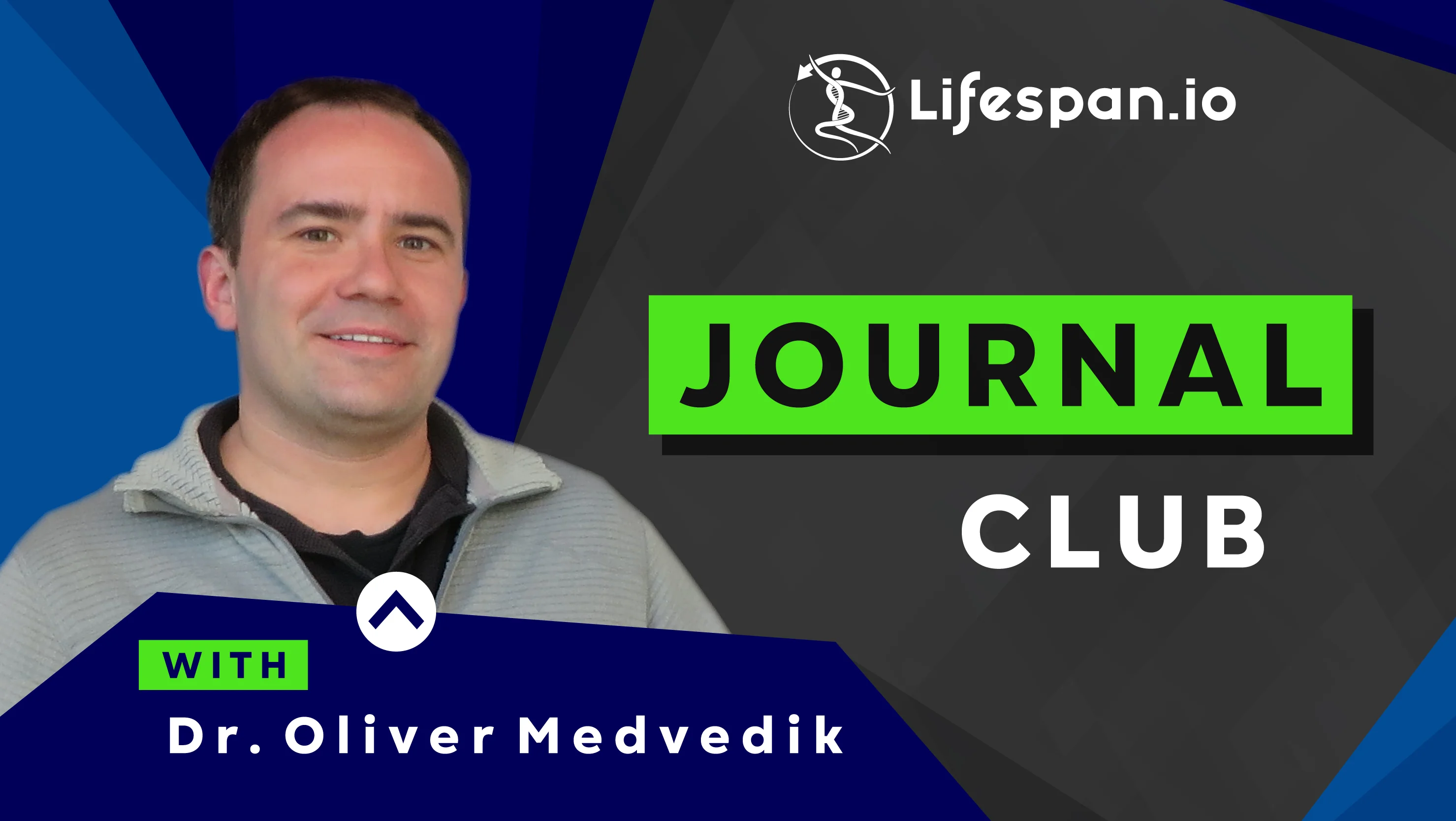The Journal Club for August returns live to the Lifespan.io Facebook channel on September 5th at 12:00 Eastern hosted by Dr. Oliver Medvedik. This time we are taking a look at a paper where researchers have transfered a lifespan and healthspan boosting mechanism from the naked mole rat, a very long lived rodent, to mice. The paper includes researchers such as Vera Gorbunova, Steve Horvath, and Vadim Gladyshev and demonstrates that longevity is something that can be emulated from one species to another.
This study raises interesting questions and possibilities. Perhaps we can learn new tricks from species like the naked mole rat that do not age the same way we do.
Abstract Abundant high-molecular-mass hyaluronic acid (HMM-HA) contributes to cancer resistance and possibly to the longevity of the longest-lived rodent-the naked mole-rat1,2. To study whether the benefits of HMM-HA could be transferred to other animal species, we generated a transgenic mouse overexpressing naked mole-rat hyaluronic acid synthase 2 gene (nmrHas2). nmrHas2 mice showed an increase in hyaluronan levels in several tissues, and a lower incidence of spontaneous and induced cancer, extended lifespan and improved healthspan. The transcriptome signature of nmrHas2 mice shifted towards that of longer-lived species. The most notable change observed in nmrHas2 mice was attenuated inflammation across multiple tissues. HMM-HA reduced inflammation through several pathways, including a direct immunoregulatory effect on immune cells, protection from oxidative stress and improved gut barrier function during ageing. These beneficial effects were conferred by HMM-HA and were not specific to the nmrHas2 gene. These findings demonstrate that the longevity mechanism that evolved in the naked mole-rat can be exported to other species, and open new paths for using HMM-HA to improve lifespan and healthspan.


